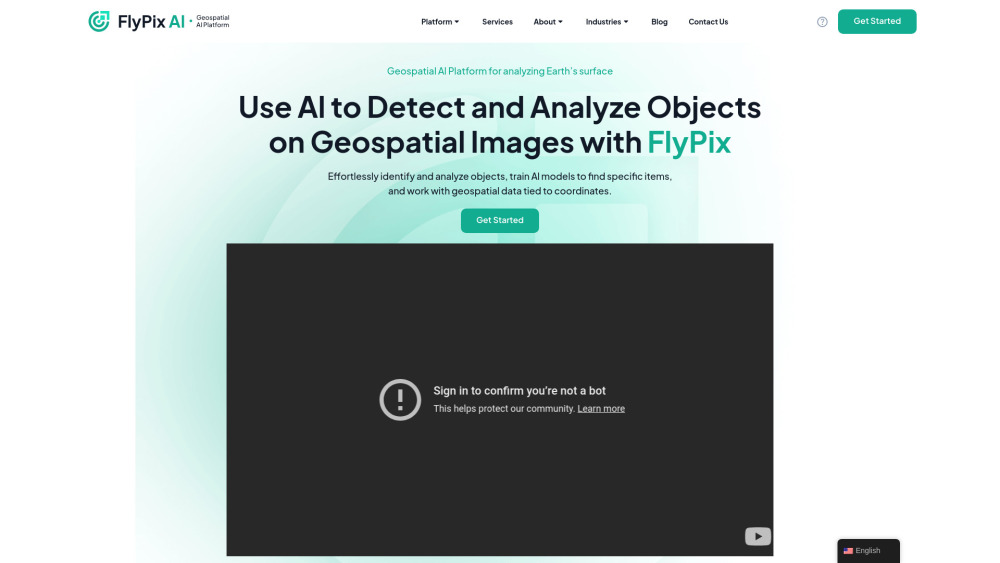Researchers from Stanford University and Meta’s Facebook AI Research (FAIR) lab have unveiled a groundbreaking AI system capable of generating realistic, synchronized motions between virtual humans and objects using only text descriptions.
The innovative system, named CHOIS (Controllable Human-Object Interaction Synthesis), leverages advanced conditional diffusion model techniques to facilitate seamless interactions. For instance, it can interpret and animate instructions like “lift the table above your head, walk, and put the table down.”
The research, published on arXiv, hints at a future where virtual beings can interpret and act on language commands as fluidly as humans.
“Generating continuous human-object interactions from language descriptions within 3D scenes presents several challenges,” the researchers stated. They prioritized ensuring that movements appeared realistic, with human hands accurately interacting with objects, and that the objects moved in response to human actions.
How CHOIS Works
CHOIS excels in creating human-object interactions within a 3D space. At its core is a conditional diffusion model, a generative framework capable of simulating detailed motion sequences. Given an initial state of human and object positions along with a language description of the desired action, CHOIS generates a sequence of motions that achieves the task.
For example, if instructed to move a lamp closer to a sofa, CHOIS can generate a lifelike animation of a human avatar picking up the lamp and positioning it next to the sofa.
What sets CHOIS apart is its incorporation of sparse object waypoints and language inputs to guide animations. These waypoints serve as markers for key points in an object's movement, ensuring that the animation is not only realistic but also aligns with the overarching goal described in the language input.
Additionally, CHOIS integrates language comprehension with physical simulation more effectively than traditional models, which often struggle to correlate language with spatial and physical actions over extended interactions. CHOIS interprets the intent and style behind language descriptions and translates them into a series of physical movements while adhering to the constraints of the human body and the involved objects.
This system ensures accurate representation of contact points, such as hands touching objects, and aligns the object's motion with the forces exerted by the human avatar. By employing specialized loss functions and guidance terms during both training and generation phases, CHOIS reinforces these physical constraints, marking a significant advance in AI's ability to understand and interact with the physical world like humans do.
Implications for Computer Graphics, AI, and Robotics
The implications of the CHOIS system for computer graphics are substantial, particularly in animation and virtual reality. By enabling AI to interpret natural language commands for realistic human-object interactions, CHOIS could significantly streamline the animation process, reducing the time and effort traditionally needed for complex scene creation.
Animators could leverage this technology to automate sequences that usually require meticulous keyframe animation. In virtual reality, CHOIS could enable more immersive experiences, where users can direct virtual characters through natural language and observe lifelike task execution, transforming previously scripted interactions into dynamic, responsive environments.
In AI and robotics, CHOIS represents a major leap towards developing autonomous, context-aware systems. Rather than relying on pre-programmed routines, robots could use CHOIS to understand and perform tasks described in human language. This could revolutionize service robots in sectors like healthcare, hospitality, and domestic environments by enhancing their ability to interpret and execute diverse tasks within physical spaces.
Moreover, the capacity to process language and visual input simultaneously allows AI to achieve a level of situational and contextual understanding that has been primarily human. This advancement could lead to AI systems that function as more capable assistants in complex tasks, comprehending not just the "what" but the "how" of human instructions and adapting to new challenges with unprecedented flexibility.
Promising Results and Future Outlook
In summary, the collaborative research from Stanford and Meta marks significant progress at the intersection of computer vision, natural language processing (NLP), and robotics. The researchers view this work as a crucial step toward developing sophisticated AI systems that can simulate continuous human behaviors in varying 3D environments. Furthermore, it paves the way for further exploration into synthesizing human-object interactions from 3D scenes and language inputs, potentially leading to even more advanced AI technologies in the future.




